What's the Best Time to Sail Across the Pacific?
Choosing the best time to sail across the Pacific can mean the difference between life or death. It will make all the difference in terms of weather conditions, wind patterns, and overall comfort on board. So, what is the best time to sail across the Pacific? Let's explore your options.
If you plan to sail across the North Pacific, the best time to do so is from May-September. If you're sailing across the South Pacific, the best time is from April-November, while in the Central Pacific, it's best to sail from May-October. Note that you may encounter storms from the months of June - August.
If you are sailing from the US West Coast, the best time to sail is during the summer months when conditions are calm and the weather is warm. Let's see what's the best time to sail across the Pacific if you're heading on a different route and destination.
Summary
- The best time to sail across the Pacific can also be based on where you are originating from. If you are coming from the West Coast, the best sailing time is between May and September, while if you're from Australia or New Zealand, the best time to sail is between April and November.
- Cyclones and typhoons are frequent in the Pacific Ocean. The cyclone season in the South Pacific runs from November to April, while the typhoon season in the North Pacific runs from May to November.
- El Niño, which is a weather disturbance in the Pacific, can cause extreme weather changes which may affect your sail. It can cause increased rainfall in parts of South America, droughts in Southeast Asia and Australia, and changes in the frequency and intensity of tropical storms and hurricanes.
- The Pacific Ocean is the largest and deepest ocean on Earth, offering a unique and challenging experience for sailors.
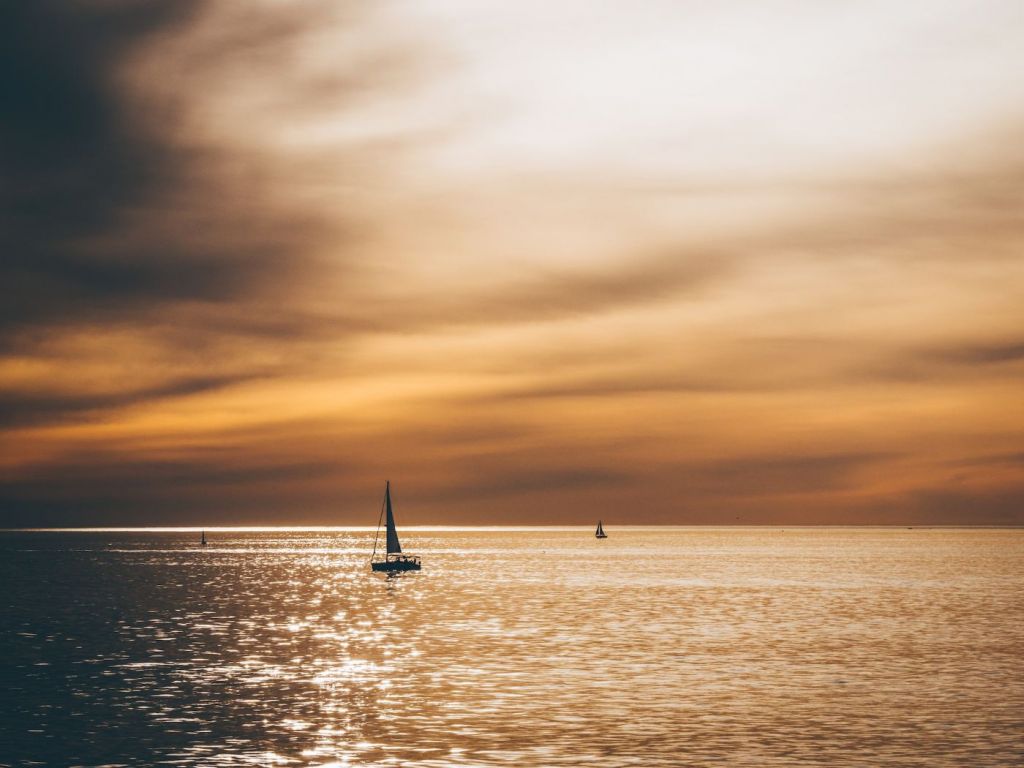
On this page:
Best Time to Sail Across the Pacific
The Pacific Ocean is known for its unpredictable weather patterns, so you might need to plan your trip during a season that offers the best weather conditions. The best time to sail across the Pacific is during the dry season, which typically lasts from May to October. This season varies across the three main regions of the ocean and is characterized by stable weather conditions, clear skies, and favorable winds.
| Pacific Region | Best Sailing Time Based on Region |
|---|---|
| North Pacific | May to September |
| South Pacific | April to November |
| Central Pacific | May to October |
If you're sailing across the North Pacific, the best time is from May to September, while the best time to sail across the South Pacific is from April to November. The best time to sail across the Central Pacific is from May to October. However, sailors should be cautious of rough seas and potential storms from June to August.
| Route | Best Sailing Time Based on Route |
|---|---|
| West Coast of US/Canada | May to September |
| Australia/New Zealand | April to November |
| Asia | March to May (Early Spring) and September to November (Late Fall) |
The best sailing time in this region also depends on your chosen route. If you are sailing from the West Coast of the United States or Canada, the best time to sail is between May and September, when the winds are generally favorable. (See article on: What's the Best Time to Sail Down the West Coast?)
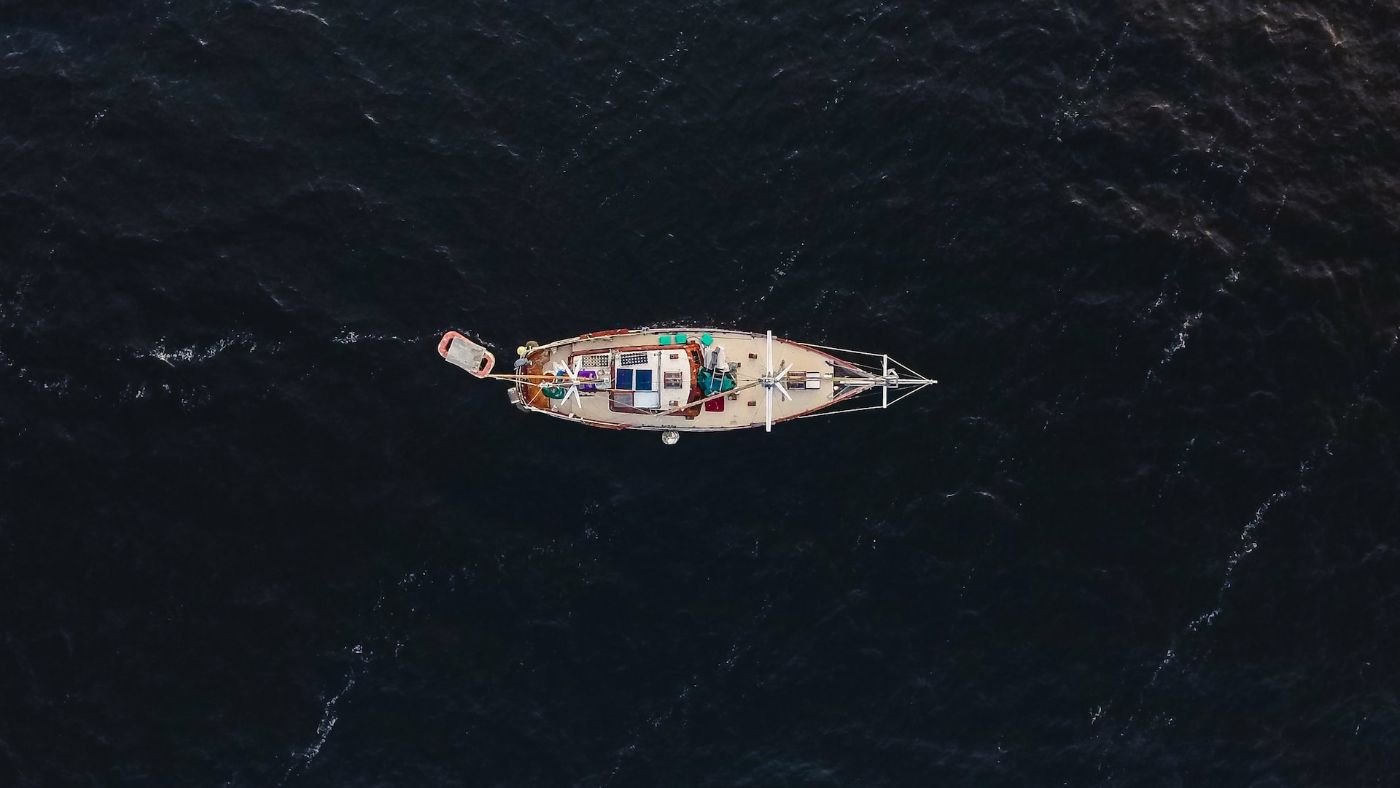
If you are sailing from Australia or New Zealand, the best time to sail is between April and November, when the winds are more consistent. Meanwhile, if you are sailing from Asia, the best time to sail is during the early spring and late fall.
Your destination also plays a role in determining the best time to sail across the Pacific. If you are bound for Hawaii, the best time to sail is from May to September, when the winds are strongest. If you are sailing to French Polynesia or the Cook Islands, the best time to sail is from April to November, when the weather is dry and the winds are favorable.
| Destination | Best Sailing Time |
|---|---|
| Hawaii | May to September |
| French Polynesia or Cook Islands | April to November |
Sailing Routes and Destinations in the Pacific
Exploring the Polynesian Islands
Polynesia is a popular destination for sailors, with its beautiful islands and clear waters. The best time to sail to Polynesia is during the summer months when the weather is warm and the trade winds are favorable. Some popular destinations in Polynesia include Bora Bora, Samoa, and Tonga.
Exploring Australia and New Zealand's stunning sceneries
Australia is a great destination for sailors, with its vast coastline and diverse landscapes. Some popular destinations in Australia include Sydney, Cairns, and the Great Barrier Reef.
Meanwhile, New Zealand is also considered a beautiful destination for sailors, with its stunning scenery and friendly people. Some popular locations in New Zealand include Auckland, the Bay of Islands, and the Marlborough Sounds.
Sailing through the Islands of Fiji
Fiji is a popular destination for sailors, with its crystal clear waters and beautiful islands. The best time to sail to Fiji is during the dry season, which runs from May to October. Some popular destinations in Fiji include Nadi, Suva, and the Yasawa Islands.
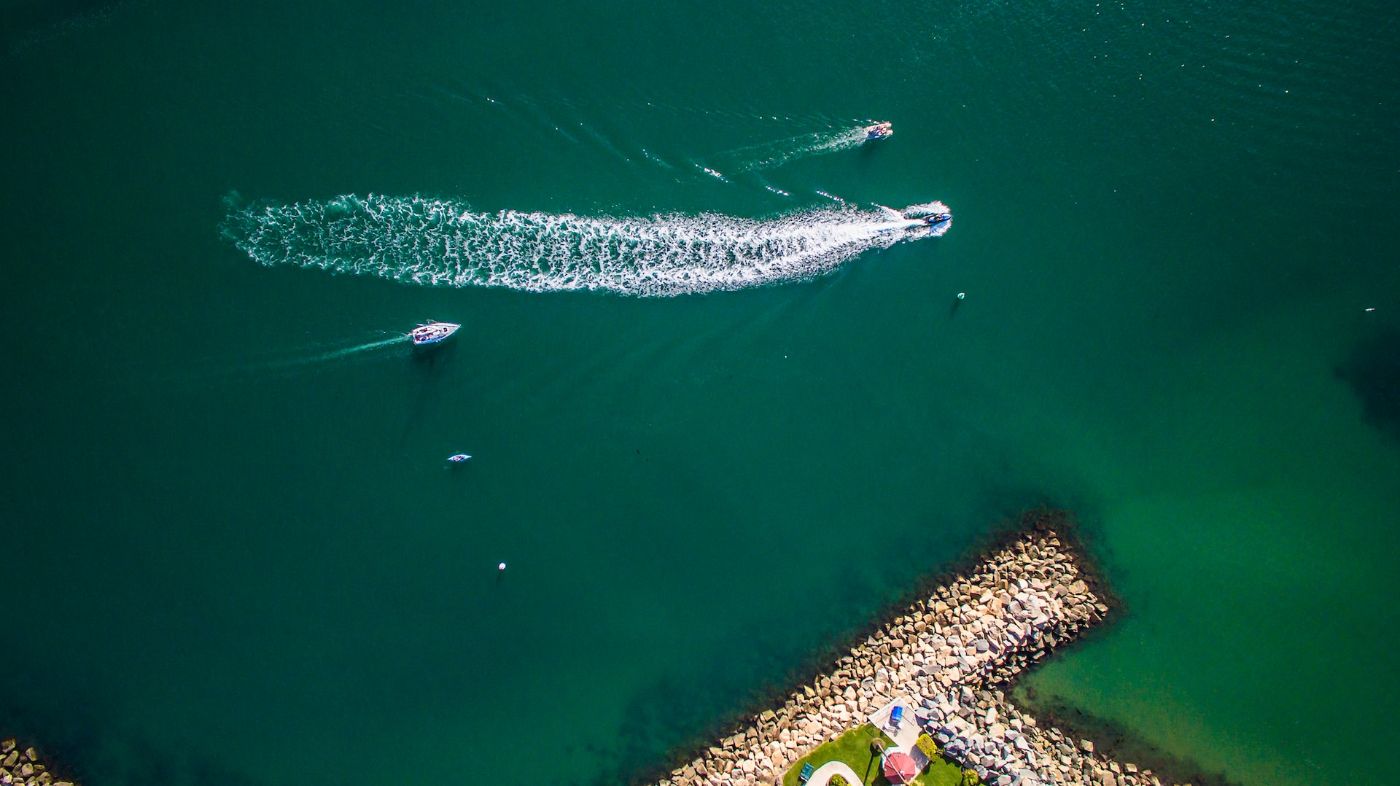
Visiting the Islands of Hawaii
Hawaii is a beautiful destination for sailors, with its stunning beaches and clear waters. When in Hawaii, you could try visiting popular locations such as Honolulu, Maui, and the Big Island.
Sailing through Galapagos Islands
The Galapagos Islands are a unique destination for sailors, with their diverse wildlife and stunning landscapes. The best time to sail to the Galapagos is during the dry season, which runs from June to December. Some popular destinations in the Galapagos include San Cristobal, Santa Cruz, and Isabela.
Marshall Islands is best explored during the dry season
The Marshall Islands are a unique destination for sailors, best explored during the dry season, which runs from December to April. Some popular destinations here include Majuro, Kwajalein, and Arno Atoll.
Challenges and Hazards of Sailing in the Pacific
The Pacific Ocean is known for its unpredictable weather which can pose challenges and hazards to your sailing journey. Some of the things to keep in mind that can affect your overall sailing conditions when crossing the Pacific are the following:
Trade winds are a crucial factor when sailing across the Pacific
The trade winds are the prevailing winds in the Pacific Ocean. They blow from east to west, and they are a crucial factor when sailing across the Pacific.
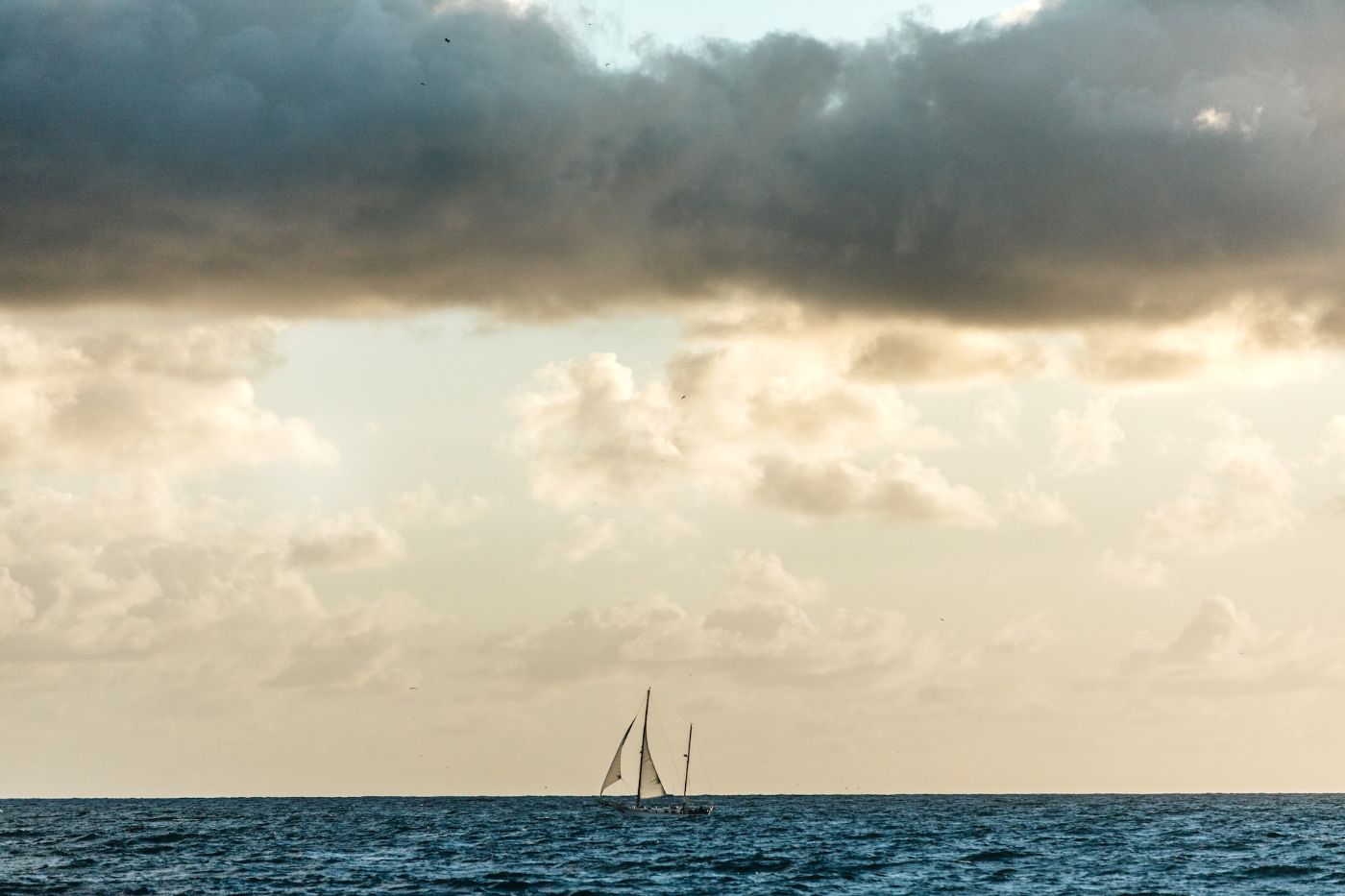
The trade winds are generally reliable and consistent, making them ideal for sailing. They are strongest during the summer months, making it the best time to sail across the Pacific from the US West Coast.
Cyclones and typhoons are prevalent in the Pacific Ocean
Cyclones and typhoons are tropical storms that can cause severe damage to boats. They are prevalent in the Pacific Ocean, and you need to be aware of their occurrence.
The cyclone season in the South Pacific runs from November to April, while the typhoon season in the North Pacific runs from May to November.
These weather disturbances can all pose a serious threat to sailors, especially during the wet season. You may need to keep an eye on weather reports and have a plan in place in case of a storm.
Doldrums make it difficult to navigate the Pacific Ocean
The doldrums are an area of the Pacific Ocean where the winds are weak and unpredictable. They are located near the equator and can be challenging to navigate.
On a normal basis, if the winds are favorable, the time it takes to cross the Pacific Ocean is between 5 - 10 weeks. However, in areas with doldrums, this can take longer as they make it difficult to make progress, and sailors can find themselves becalmed for days or even weeks.
Perhaps, be prepared as you pass through this area, as they can last for days or even weeks. Have enough supplies on board to last through these periods of slow progress.
El Niño can cause severe weather patterns across the Pacific
El Niño is a complex weather pattern that occurs irregularly in the Pacific Ocean and can have significant impacts on weather patterns around the world. During an El Niño event, the surface waters of the central and eastern Pacific Ocean become warmer than usual, which can cause changes in atmospheric circulation patterns.
These changes can lead to increased rainfall in parts of South America, droughts in Southeast Asia and Australia, and changes in the frequency and intensity of tropical storms and hurricanes in the Pacific and Atlantic Oceans.
El Niño can also cause changes in ocean currents, which can affect fish populations and other marine life.
Squalls and thunderstorms are common in the Pacific
Even outside of cyclone season, squalls and thunderstorms can pop up unexpectedly. These can bring strong winds, heavy rain, and lightning strikes. Consider having a plan in place for dealing with these situations and make sure your boat is equipped with lightning protection.
Other hazards when sailing in the Pacific
In addition to the weather-related hazards, there are other dangers to be aware of when sailing in the Pacific. These can include:
- Coral reefs and other underwater hazards
- Shipping lanes and other boat traffic
- Debris in the water, such as logs or fishing nets
Did you find the answer to your specific question?
👍 1 👎 0
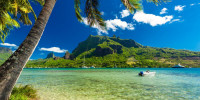
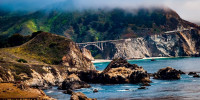
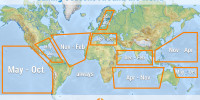

Leave a comment